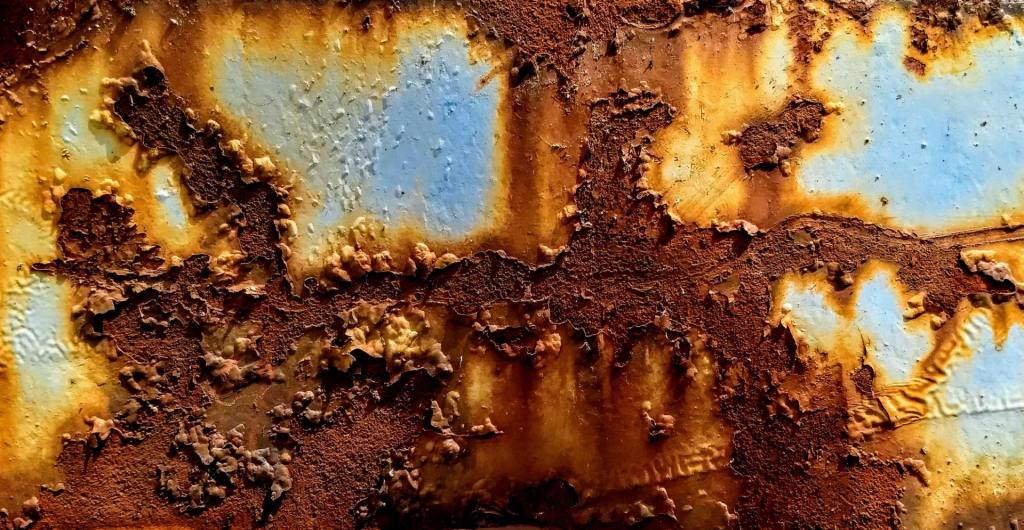Corrosion and Structural Integrity: A Rusty Issue
When it comes to building structures, one of the biggest enemies they face is corrosion. Over time, exposure to moisture and air can cause metal components to rust and weaken, compromising the overall structural integrity. From bridges to high-rise buildings, corrosion poses a significant threat.
But what exactly is corrosion? Well, it’s like that annoying friend who shows up uninvited and overstays their welcome. In this case, that friend is oxygen. When metal surfaces are exposed to oxygen (and sometimes water), a chemical reaction occurs that leads to the formation of rust. This process eats away at the metal, causing it to become brittle and prone to failure.
Temperature also plays a role in the health of building structures. Extreme heat or cold can affect materials such as concrete and steel in different ways. For example, during hot weather conditions, concrete expands due to thermal expansion. Conversely, extreme cold can cause contraction in materials like steel beams.
Vibrations may seem harmless when you’re dancing at a concert or shaking your phone for extra emphasis on a text message but within building structures vibrations can be quite problematic. Vibrations caused by heavy machinery or nearby construction work can lead to fatigue failure over time if not properly addressed.
Historical buildings often bear witness to structural failures caused by years of wear and tear combined with architectural design flaws of yesteryears! These magnificent relics may have stood tall for centuries but without proper maintenance or renovations they are susceptible collapse under their own weight.
Waterproofing isn’t just important for keeping your feet dry during an unexpected rainstorm; it’s crucial for maintaining the integrity of urban exploration sites too! Water infiltration into abandoned buildings can lead to mold growth which weakens walls and floors leading them crumble easily.
Chemical exposure is another culprit that affects structural integrity. Industrial complexes where chemicals were once produced or stored often suffer from deterioration due to the harsh substances they housed. Over time, these chemicals can eat away at the building materials and compromise its stability.
Seismic design is a crucial factor in ensuring structural safety, especially in areas prone to earthquakes. Engineers must consider how buildings will respond to ground shaking and implement measures such as base isolation or damping systems to minimize damage.
Abandoned industrial complexes are like a playground for structural integrity challenges. These once bustling hubs of activity now stand empty, often neglected and deteriorating. Without ongoing maintenance, these structures can become unstable and pose risks to anyone who ventures inside.
Moisture infiltration is not just an inconvenience; it’s also a threat to the stability of building structures. When water seeps into walls or foundations, it can cause rotting, mold growth, and weaken the overall structure over time.
Urban exploration sites that take adventurous souls underground require careful consideration of structural elements. The weight of the earth above combined with potential water infiltration poses unique challenges that must be addressed during design and construction phases.
Aging infrastructure is becoming a pressing concern in many cities around the world. Structures built decades ago may no longer meet current standards or have been subjected to years of neglect. This lack of attention puts them at risk of collapse if proper action isn’t taken promptly.
When exploring abandoned high-rise buildings, there are additional structural concerns one should be aware of. With age comes deterioration – cracked concrete, rusted steel beams, weakened foundations – all waiting for an unsuspecting explorer to make one wrong move.
Non-destructive testing methods play a vital role in evaluating structural health without causing further damage. Techniques like ultrasound testing or thermal imaging provide valuable insights into hidden defects that could compromise safety.
Hidden defects are sneaky little devils lurking within urban exploration sites waiting for their chance to wreak havoc on unsuspecting visitors! From compromised support beams to rotted woodwork concealed behind layers of paint or plaster – these defects can turn an exciting adventure into a dangerous one.
Architectural modifications over time can have significant structural implications. Buildings that have undergone numerous alterations or additions may not have been properly evaluated for their impact on the original structure. As a result, these changes could compromise the overall stability of the building.
In conclusion, understanding and addressing various factors that affect structural integrity is essential to ensure the safety of buildings, whether they are historical landmarks or abandoned industrial complexes. From corrosion to temperature fluctuations and vibrations to natural disasters, each poses its own unique challenges that must be considered during design, construction, and ongoing maintenance. So next time you venture into an urban exploration site or marvel at a towering skyscraper, remember the hidden battle being fought within its walls – the battle for structural integrity!

Leave a comment